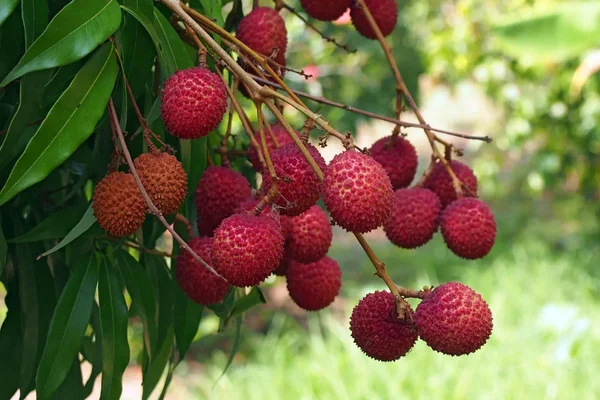Litchi cultivation, once confined to Bihar’s Muzaffarpur, has spread across 19 states in India, marking a significant increase in the fruit’s production.
About Litchi cultivation:
- Litchi, traditionally grown in the hot summers of India, is now cultivated in 19 states, signifying a diversification in agriculture.
- The National Research Centre on Litchi (NRCL) in Muzaffarpur is at the forefront of this expansion, providing technical assistance, plants, and training to farmers.
- The push for nationwide cultivation stems from the discovery of suitable soil and climatic conditions for litchi in various regions, facilitating commercial production.
- States like Andhra Pradesh, Tamil Nadu, Karnataka, and others have joined the litchi cultivation bandwagon, with over 0.1 million hectares dedicated to its farming.
- The NRCL produces thousands of litchi saplings annually, offering varieties like Shahi, China, Gandki Lalima, and others to encourage diversity in production.
- Litchi’s sensitivity to temperature, rainfall, and humidity makes its cultivation challenging, with recent climatic variations impacting crop quality.
- Despite the expansion, transforming litchi cultivation into full-scale commercial production will take time as saplings need years to bear fruit.
- Bihar remains the largest producer of litchi, contributing to nearly 40% of India’s output, followed by West Bengal and Jharkhand.
- Recent efforts have introduced litchi farming in non-traditional states, including Karnataka and Kerala, albeit on a smaller scale, with varying harvesting seasons across regions.
Ref: Source
| UPSC IAS Preparation Resources | |
| Current Affairs Analysis | Topperspedia |
| GS Shots | Simply Explained |
| Daily Flash Cards | Daily Quiz |



